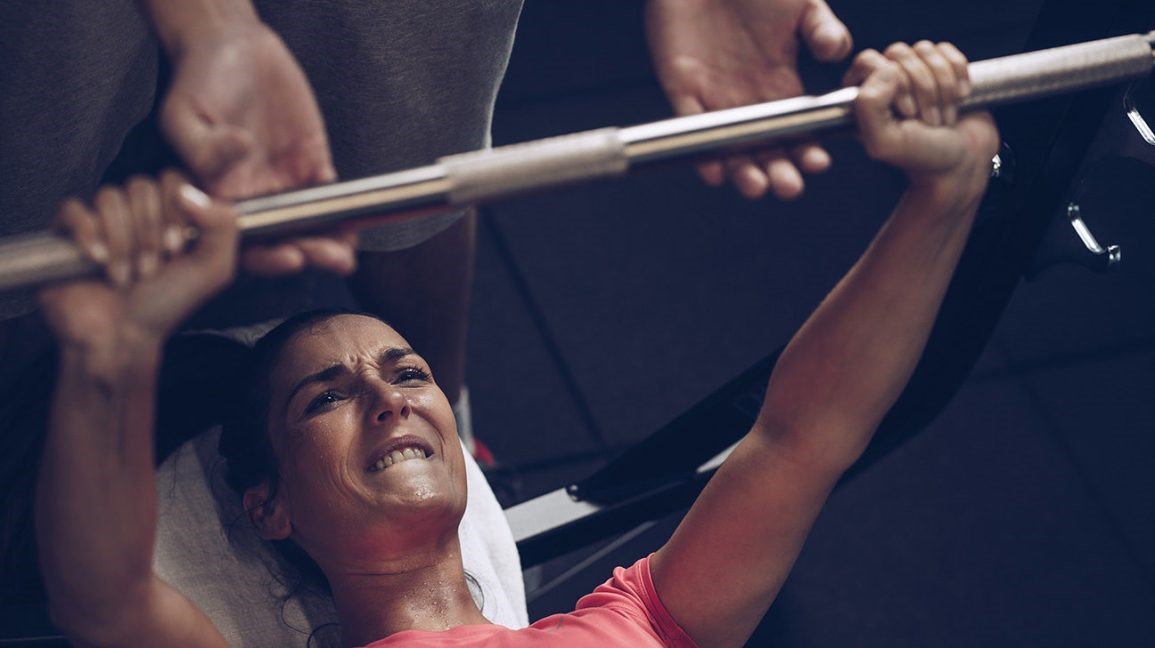Blog
Benefits of A Weight Bench For Bench Press Exercises
Bench presses are an exercise that can be used to tone the muscles of the upper body, including the pectorals, arms, and shoulders Bench presses are an exercise that can be used to tone the muscles of the upper body, including the pectorals, arms, and shoulders.
Depending on your goals, there are different variations of bench presses that work slightly different muscles, too. For example, a narrower grip bench press also works the triceps and forearms.
Other benefits of adding bench presses to your weight-training regimen include increasing upper body strength, improving muscular endurance, and even preparing your upper body to do movements like pushups. They also can be an effective strengthening exercise for sports like sprinting, hockey, and football.
What effect do bench press variations have on the muscles?
Each bench press variation works slightly different muscle groups.
Variations include:
- Traditional bench press. This exercise is done lying down on a flat bench and pressing a barbell up and down at chest height. It works the pectoral muscles, shoulders, and arms.

Equipment needed: barbell (additional weights optional), flat bench
- Lie on your back on a flat bench. Grip a barbell with hands slightly wider than shoulder-width.
- Press your feet firmly into the ground and keep your hips on the bench throughout the entire movement.
- Slowly lift bar off rack, if using, and lower the bar to the chest, allowing elbows to bend out to the side.
- Stop lowering when elbows are just below the bench. Press feet into the floor as you push the bar back up to return to starting position.
- Perform 5-10 reps, depending on weight used. Perform up to three sets.
- Narrow grip bench press. During this variation, your hands are narrower together on the barbell. It works the triceps and forearms.

Equipment needed: barbell (additional weights optional), flat bench
Use the steps above for a traditional bench press, but grip barbell with hands shoulder-width throughout the movement.
- Incline bench press. For this variation, the front of the bench is angled between 45 and 60 degrees so you are leaning back slightly. It targets muscles of the upper chest and shoulders.

Equipment needed: 2 dumbbells or barbell, incline bench angled between 45 and 60 degrees
- Place feet flat on the floor as you lean back slightly so your back rests against the bench with a neutral spine.
- Start by holding dumbbells or a barbell at chest height. Palms should be facing forward, with the thumb wrapped around the handle.
- Press the weight upward over your eyes or slightly higher, elbows fully extended.
- Inhale and slowly lower dumbbells or barbell slowly and with control until they touch or reach just above the chest, elbows and wrists staying out to the sides.
- Repeat the press and perform around 5 reps, or more if you’re advanced. Base the number of reps you’re comfortable with on the amount of weight you’re using, too. Perform up to 3 sets.
- Decline bench press. For this variation, the front of the bench is angled upward, so when you lie down your feet are in a higher position than your head. It works the lower chest muscles and shoulders.

Equipment needed: Bench angled down at -30 degrees.
- Slowly lie down on the decline bench so your legs are higher than your head, keeping your back firmly planted into the back of the bench. Place your feet in provided stirrups.
- Have a spotter help you lift the bar off the rack or grip dumbbells, if using. You should be holding the weight at chest height, arms slightly wider than shoulder height.
- Push the weight up until your arms are straight and locked out at the top.
- Slowly lower the weight back down to chest height, elbows out to the sides.
- Repeat the press and perform around 5 reps, or more if you’re advanced. Base the number of reps you’re comfortable with on the amount of weight you’re using, too. Perform up to 3 sets.
Source: Healthline

